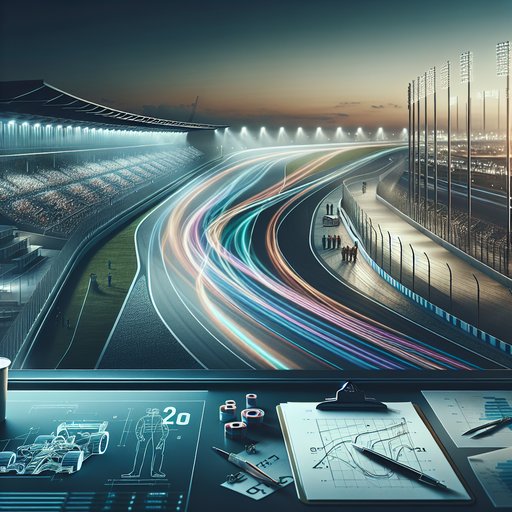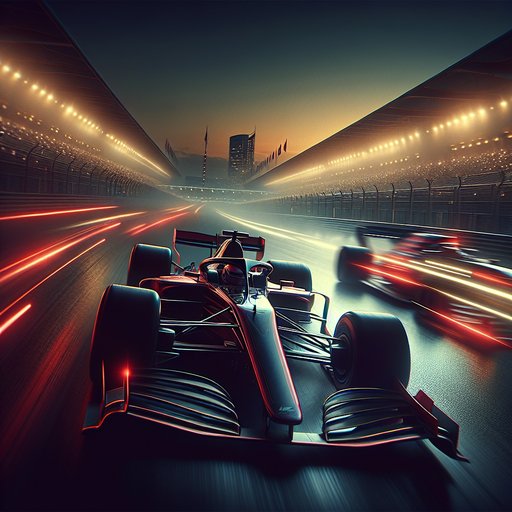
Modern single-seater racing is built around a clearly signposted ladder: FIA Formula 4 at the base, then Regional or FIA Formula 3, on to FIA Formula 2, and finally Formula 1. Over the past few seasons this pathway has tightened, with defined technical rules, super licence points, and shared race weekends aligning driver development with F1’s professional standards. In 2024 alone, the new F2 car debuted, FIA F3 crowned Luke Browning as champion, and drivers like Oliver Bearman and Andrea Kimi Antonelli illustrated how results, academy backing, and opportunity combine to accelerate progress. Understanding how young drivers move between these rungs explains not just who arrives in F1, but why they are equipped to stay there.

Before Formula 1 fires up an engine, a venue must pass one of motorsport’s most exacting gatekeepers: the FIA’s circuit homologation process. This is where high-speed ambition meets data, engineering, and medical planning, determining which layouts earn the coveted Grade 1 license required to host Grands Prix. The standards evolve alongside the cars, which is why classic venues are reshaped and newcomers like Las Vegas have been purpose-built to modern criteria. With projects such as Madrid’s 2026 urban circuit moving through design reviews and long-standing tracks continually upgrading, FIA certification has become a living blueprint for how F1 balances spectacle with safety in the 21st century.

Japan’s Super Formula has spent the past year sharpening its edge as the quickest spec single-seater championship in the world, pairing Dallara’s SF23 with fierce Toyota–Honda engine competition and a driver roster that keeps global talent scouts watching. The narrative arc has been defined by Ritomo Miyata’s 2023 title, Tomoki Nojiri’s sustained front-running form after back-to-back crowns in 2021 and 2022, and the ripple effect from Liam Lawson’s standout 2023 stint that amplified international attention. With stable regulations into 2024, the series has delivered tightly packed qualifying sessions, strategic variability, and race outcomes that reward precision as much as outright pace. What follows is a concise, fact-checked recap of the key headlines and results context that have framed Super Formula’s recent months, and why they matter to the wider open-wheel ecosystem.

From the outlawing of ground-effect tunnels in the early 1980s to the modern budget cap and the recent return of venturi floors, Formula 1 has been defined as much by its rulebook as by its racers. Each major regulation shift has redrawn the competitive map, reshaped how teams spend, and redirected engineering focus. The sport’s constant calibration between safety, spectacle, and sustainability forces competitors to adapt quickly, turning constraints into opportunities and loopholes into race-winning innovation.











